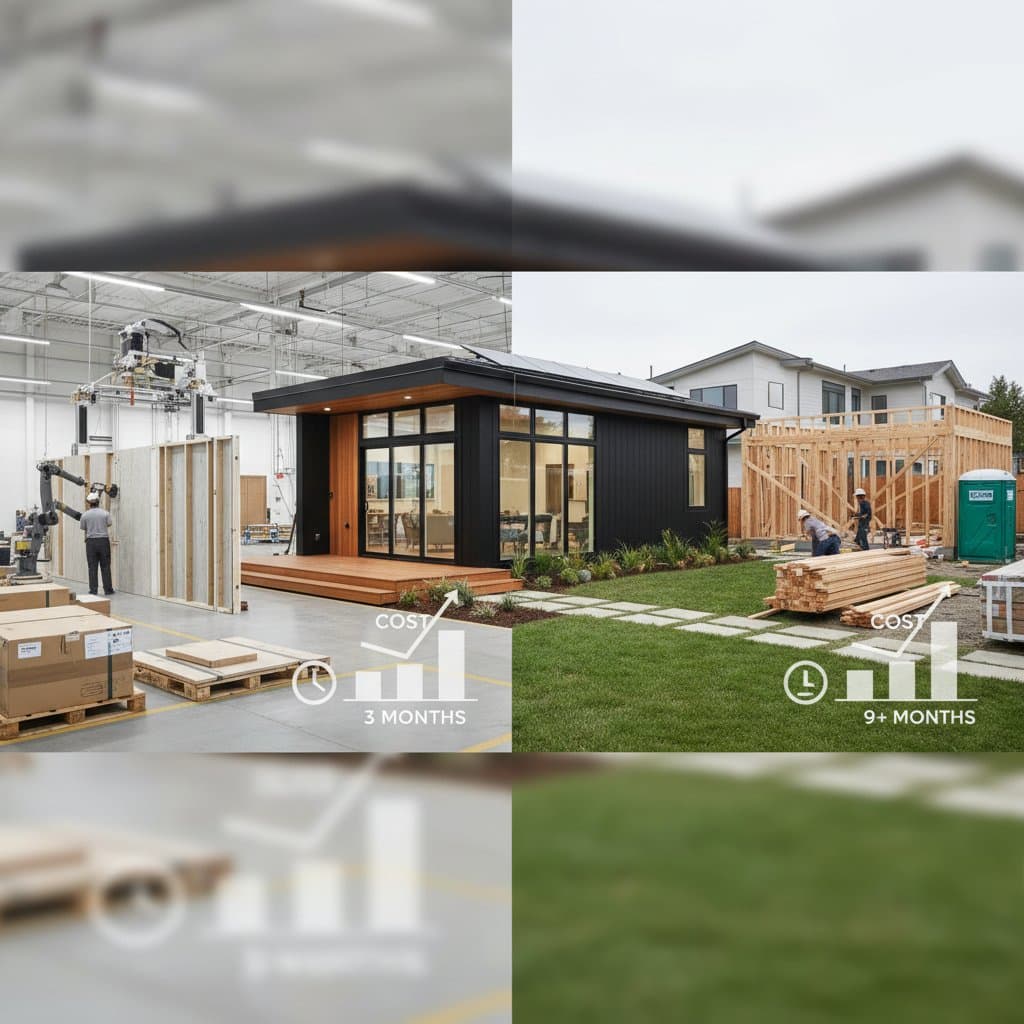2025 Labor Shortage: Surging Costs for Home Builds
The construction labor shortage now impacts homeowners directly as they plan new builds or major remodels. Fewer skilled tradespeople lead to extended project timelines and elevated labor costs. Grasping the factors behind these rises enables better budget planning, bid evaluation, and investment protection.
This guide details the reasons for climbing labor costs, their effects on homebuilding budgets, and strategies to control expenses while upholding quality.
Why the Labor Shortage Matters for Homeowners
Limited availability of workers increases expenses across all trades. Carpenters, electricians, plumbers, and masons face supply that falls short of demand. This disparity results in higher hourly rates and extended wait times for qualified professionals.
Surveys from the industry indicate that over half of contractors struggle to locate skilled personnel. Retirements among experienced tradespeople outpace new entrants, and training initiatives have failed to scale sufficiently. Homeowners encounter elevated bid amounts, delayed completions, and reduced scheduling options as a result.
For instance, a framing crew previously billing 25 to 35 dollars per hour may now require 40 to 50 dollars, varying by location and scope. Electricians and plumbers experience similar upticks, often 15 to 30 percent during high-demand periods.
Regional Variations and Market Pressures
Labor shortages manifest differently across markets. Urban areas with robust demand for multifamily developments see the most pronounced cost escalations. Rural locations encounter less competition from other projects yet difficulty in drawing specialized talent.
Markets with severe weather or stringent building codes incur additional premiums, as certified workers prove scarce. Coastal regions, for example, necessitate expertise in hurricane-resistant framing or flood-proof installations.
Homeowners benefit from querying local contractors on workforce availability prior to finalizing schedules. Establishing timelines aligned with prevailing conditions prevents unforeseen expenses.
Practical Tips to Manage Costs During a Labor Shortage
A constrained labor market need not halt construction plans. Strategic preparation and open dialogue with teams facilitate expense control and quality preservation.
1. Plan Early and Secure Bids in Advance
Initiate discussions with builders several months ahead of groundbreaking. This approach permits contractors to allocate crews and procure materials before prices escalate further.
2. Request Line-Item Estimates
Demand bids that delineate labor, materials, and overhead separately. Such itemization aids in comparing offers and pinpointing sources of cost growth.
3. Prioritize Scope and Phases
When full funding proves insufficient, segment the project into stages. Tackle foundational elements initially, deferring interior finishes until labor conditions improve.
4. Consider Design Simplicity
Elaborate roof designs, bespoke cabinetry, or detailed tiling demand extended labor. Streamlining these aspects can reduce overall labor by 10 to 20 percent.
5. Use Prefabricated Components
Opt for factory-built wall panels, roof trusses, or modular units to minimize site work. These elements install swiftly, curtailing construction duration and weather-related disruptions.
Expert Insight on Labor Market Trends
Economists in construction attribute the shortage to demographic shifts and inadequate training infrastructure. Vocational schools have consolidated or reduced capacity, while societal focus on college education discourages trade pursuits.
Trade associations push for broader apprenticeship opportunities and collaborations with communities to recruit newcomers. Certain contractors invest in in-house training to cultivate talent pools. These initiatives require years to yield results, signaling persistent supply constraints ahead.
A builder from a Midwestern company emphasized adaptability in planning. "When clients provide ample time for trade coordination, we optimize costs effectively. Hasty timelines invariably inflate expenses."
FAQs
Why are labor costs rising so fast?
Fewer qualified workers meet surging housing demand. This supply-demand mismatch elevates wages and overall project expenses.
Can I save money by hiring smaller crews?
Smaller groups might offer lower hourly fees but extend completion times, eroding potential savings. Assess total project costs rather than rates alone.
Will costs drop soon?
Shortages evolve gradually. Training expansions could alleviate pressures in coming years, though short-term reductions remain improbable.
What happens if I delay my project?
Postponement aids if conditions stabilize, yet material prices may vary. Consult contractors to weigh optimal timing.
How can I protect my budget from unexpected increases?
Allocate a 10 to 15 percent contingency fund. This reserve accommodates labor or material shifts without derailing progress.
Securing Your Build Against Rising Costs
Ongoing labor shortages will influence homeowner strategies for funding and executing new constructions. Elevated expenses challenge ambitions yet yield to informed preparation.
Integrating prudent budgeting with streamlined timelines allows project completion at high standards. Reliable skilled labor forms the foundation of durable homes, safeguarding long-term value.










